Yen The taps potential for herbal plant development
In the nearly one-hectare garden around Pham Van Thien's house in Tan Gia village (Tan Hiep commune), there are medicinal plants everywhere, most of them are Solanum hainanense hance, Celastrus hindsii and ming aralia. Initially, Thien's family only planted, purchased and preliminarily processed a number of popular medicinal plants. Then realising the need to improve product quality, he decided to build a workshop and buy a high-quality herbal extraction line worth more than 1 billion VND (43,000 USD).
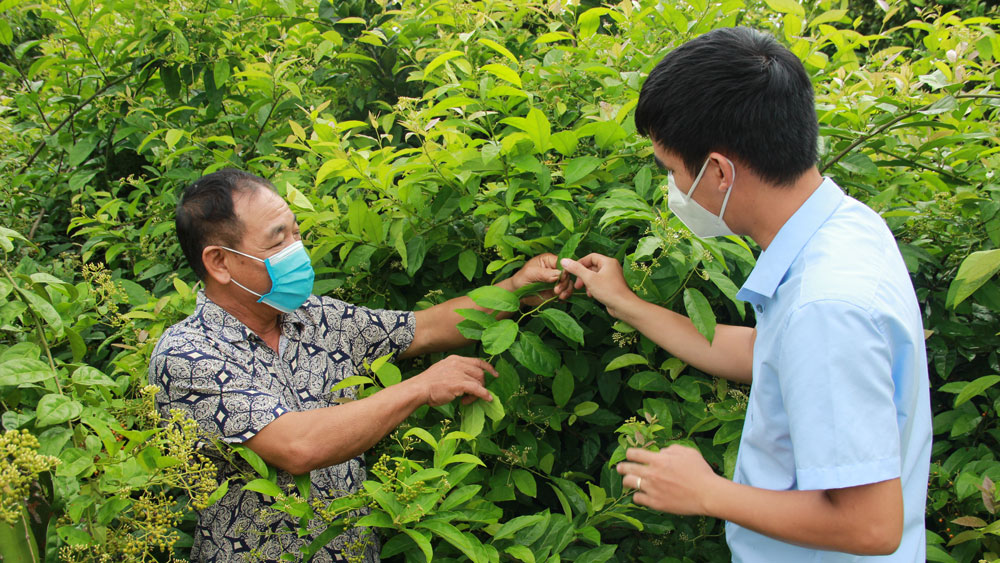 |
|
Pham Van Thien (left) in Tan Gia village (Tan Hiep commune) introduces his Celastrus hindsii garden as a source of raw materials for Thien Tam Yen The Herbal Medicine Cooperative. |
This direction has received warm response from customers and the output has been increasing. However, the scale was still small and did not mobilize the participation of local people yet.
Through exploring other models, in 2019, Thien established Thien Tam Yen The Herbal Medicine Cooperative led by him, drawing the participation of 15 official members and 20 households, and a charter capital of 1.8 billion VND (79,000 USD).
The cooperative has created a herbal medicine material area of up to nearly 20 hectares meeting requirements in terms of pharmaceutical quality, safety, and non-pesticides. At the same time, it gathers people with knowledge and experience in oriental medicine and has a clear production and business plan.
Currently, the cooperative's products are present in all provinces and cities in the country, with many of them meeting 3-star One Commune One Product (OCOP) standards and appreciated by customers. The cooperative posts an annual output of 300-400 kg of herbal extractions of all kinds, earning more than 1 billion VND in revenue. The income of the workers is about 5-6 million VND per month.
In Yen The district, there are a number of medicinal plant areas in Dong Tam, Dong Ky, Dong Lac, Tan Soi, Tan Hiep and Huong Vi communes. However, the scale remains small and scattered. On the other hand, there are few establishments purchasing and processing medicinal plants, not commensurate with the potential and strengths of the localities.
Nguyen Van Dong, head of the district's Division of Agriculture and Rural Development, said that within its general sustainable agricultural development orientation, the district prioritizes improving the competitiveness of medicinal products on the basis of building an agriculture using high and clean technology and meeting organic standards.
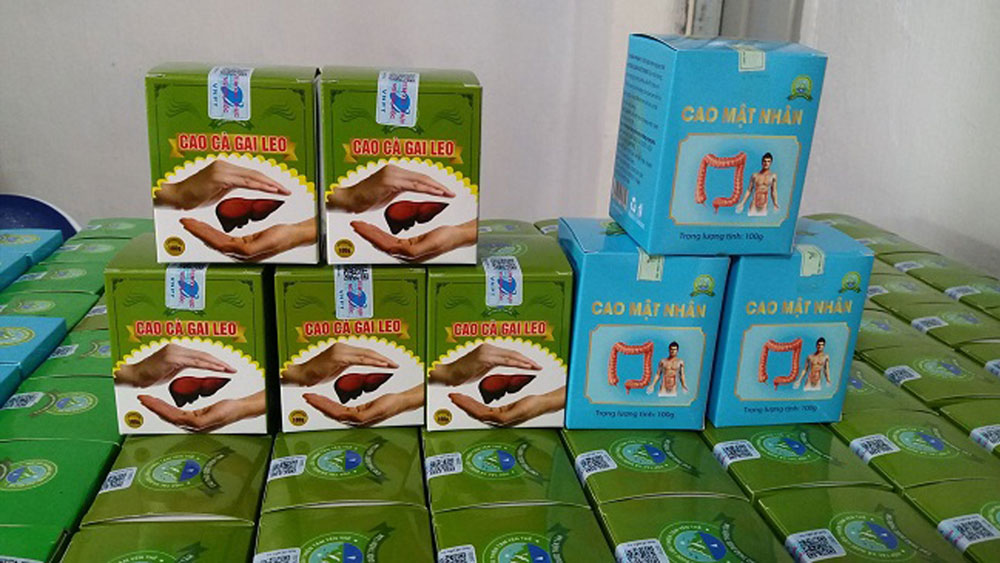 |
|
The main products of Thien Tam Yen The Herbal Medicine Cooperative. |
The district has a policy to support newly-established cooperatives in legal procedures, product packaging and labelling; science and technology application, and information technology. They are supported in introducing products and expanding markets, with the initial assistance of 30 million VND (1,317 USD) per cooperative. Particularly in 2021, the district will provide more than 150 million VND to build three models of growing and producing medicinal plants.
The Vietnamese ginseng cultivation model of Nguyen Van Nghia's family in Trai Dang village, Dong Ky commune is a typical example of land accumulation and production expansion. On an area of more than 1 hectare bought from some other households, he built separate areas with active irrigation and drainage systems. The soil was improved to meet the requirements. Therefore, more than 10,000 ginseng plants in his garden are growing well although they were just planted last March.
Nguyen Ngoc Son, Chairman of the district People's Committee affirmed: "In the 2021-2025 period, the district will continue to plan areas growing herbal plants in order to take advantage of large forest canopies and other ineffective agricultural crop areas, while forming medicinal plant areas suitable to natural conditions for preliminary processing and processing. The district set a goal of having over 50 hectares of concentrated medicinal plant areas by 2025”.
 Bắc Ninh
Bắc Ninh





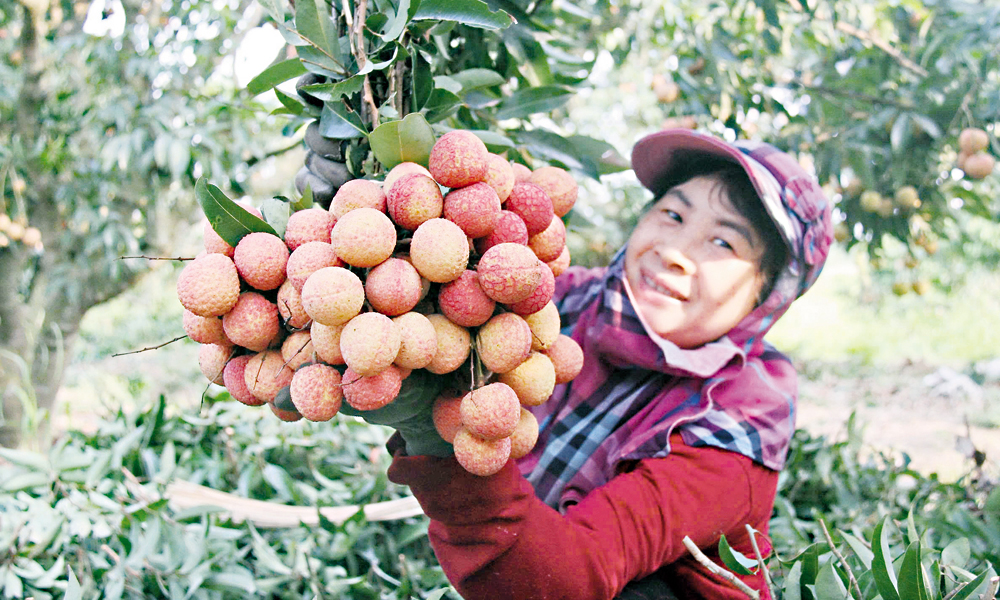
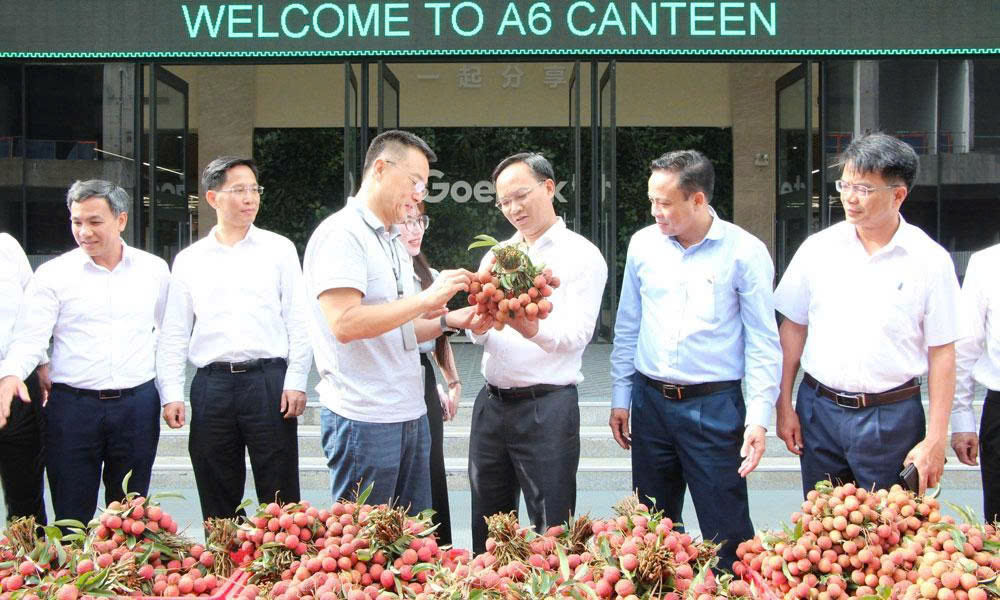
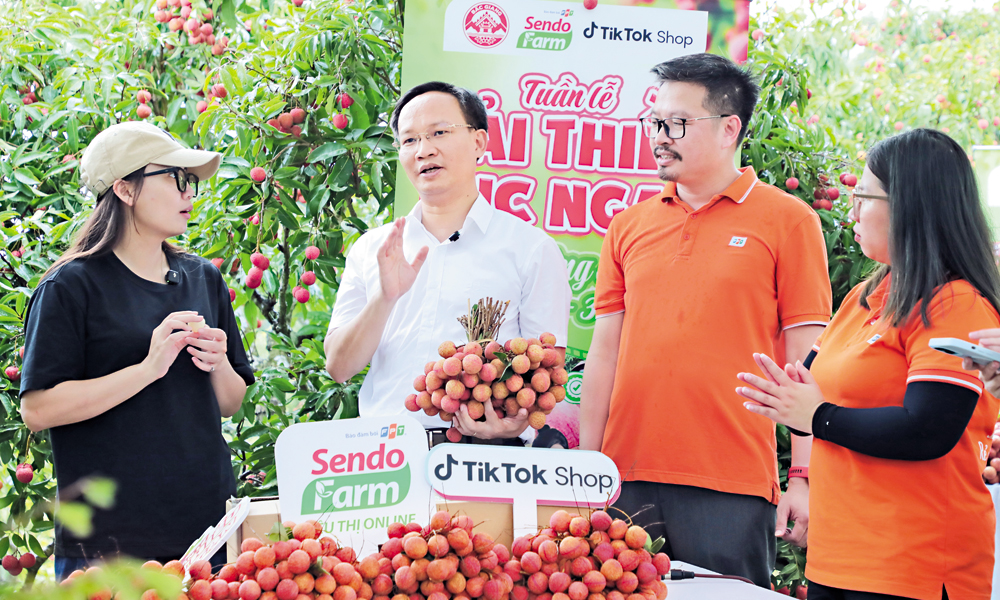


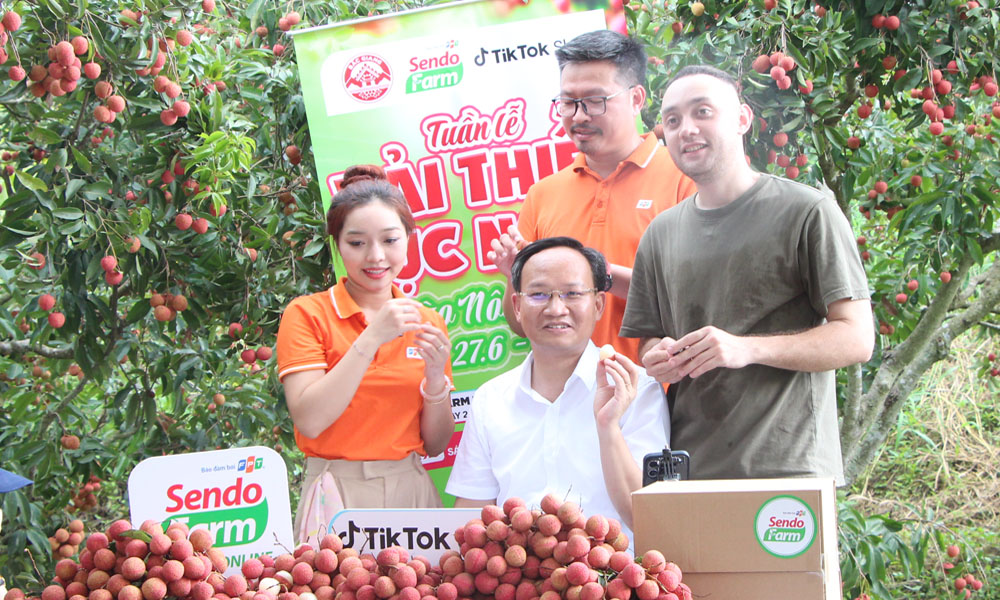
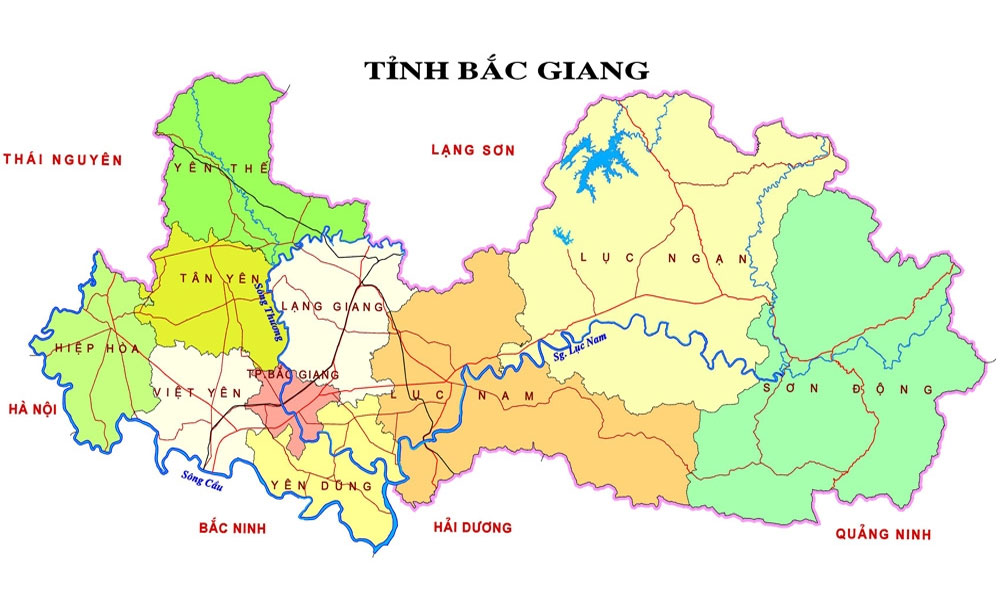



Reader's comments (0)